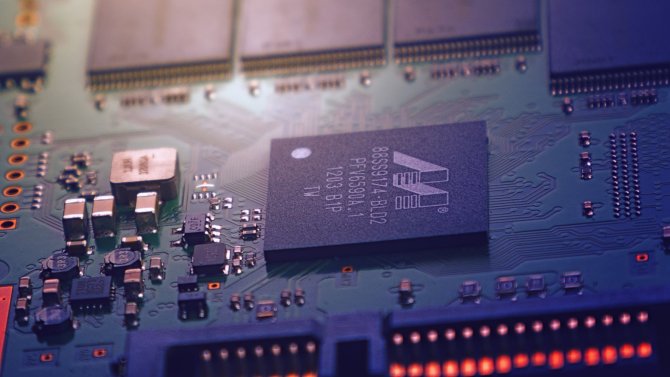Let’s start by understanding what does the title mean! This is a part of Neuromorphic Engineering aka Neuromorphic Computing, describing the use of very-large-scale integration (VLSI) systems containing electronic analog circuits to mimic neuro-biological architectures present in the nervous system. Microprocessors configured more like brains than traditional chips could soon make computers far more astute about what’s going on around them.

Neuromorphic computer chips are designed to work like the human brain. Instead of being controlled by binary, on-or-off signals like most current chips, neuromorphic chips weight their outputs, mimicking the way different neurons fire at different strengths through their synapses. In this way, small neuromorphic chips could, like the brain, efficiently process millions of streams of parallel computations that are currently only possible with large banks of supercomputers. But one significant hangup on the way to such portable artificial intelligence has been the neural synapse, which has been particularly tricky to reproduce in hardware.
Now engineers at MIT have designed an artificial synapse in such a way that they can precisely control the strength of an electric current flowing across it, similar to the way ions flow between neurons. The team has built a small chip with artificial synapses, made from silicon germanium. In simulations, the researchers found that the chip and its synapses could be used to recognize samples of handwriting, with 95 percent accuracy. The design, published last month in the journal Nature Materials, is a major step towards building portable, low-power neuromorphic chips for use in pattern recognition and other learning tasks.
Most neuromorphic chip designs attempt to emulate the synaptic connection between neurons using two conductive layers separated by a “switching medium,” or synapse-like space. When a voltage is applied, ions should move in the switching medium to create conductive filaments, similarly to how the “weight” of a synapse changes.
The research was led by Jeehwan Kim, the Class of 1947 Career Development Assistant Professor in the departments of Mechanical Engineering and Materials Science and Engineering, and a principal investigator in MIT’s Research Laboratory of Electronics and Microsystems Technology Laboratories.
In conclusion, Artificial neural networks are already loosely modeled on the brain. The combination of neural nets and neuromorphic chips could let AI systems be packed into smaller devices and run a lot more efficiently.
(via ScienceDaily, MitTechReview, Wiki)